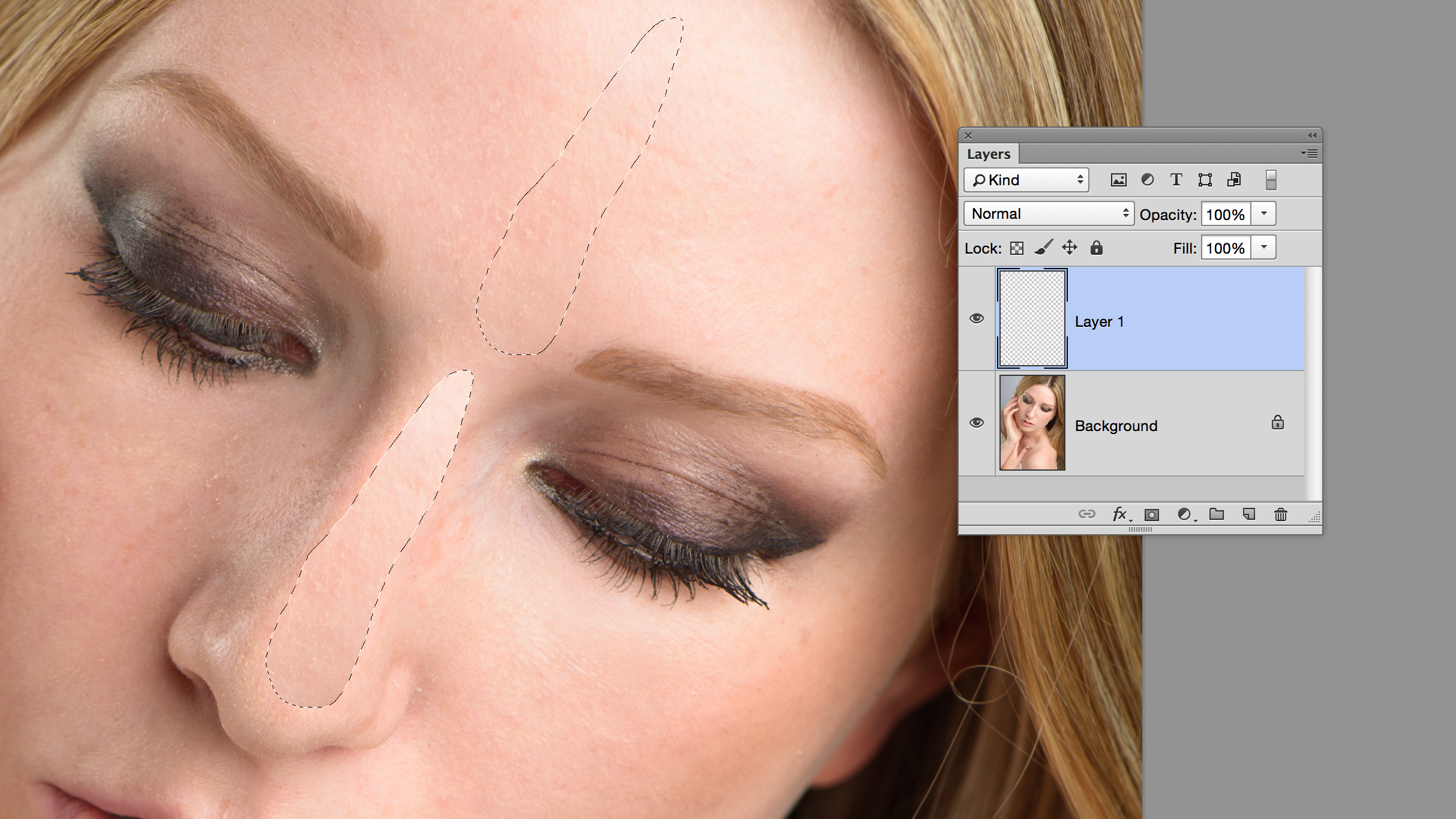

- PORTRAIT RETOUCHING HOW TO
- PORTRAIT RETOUCHING SKIN
- PORTRAIT RETOUCHING SERIES
- PORTRAIT RETOUCHING DOWNLOAD
PORTRAIT RETOUCHING DOWNLOAD
(An action which creates and names a new layer with this name with one mouse click is available to download at the end of this article.) Once created, be sure this layer is selected and move to the next step.

Name it “Remove Entirely.” It’s important to name each layer as you add it, so that in a multi-layer file you will be able to identify and select a layer easily. …and the things I will soften (circled in green).Īll of this will be done on separate layers so that I can erase and redo the retouching if I decide to change it later. In this case, I’m going to mark (on a markup layer) the things that I will remove entirely (circled in Red)… To speed up the work, I’ve created Actions in Photoshop that create new, pre-named layers in one or two mouse clicks. To do this, I do most of my retouching on different layers above the original image. My preferred approach is always to retouch, as much as possible, in a non-destructive fashion, so I can always undo, soften or otherwise modify the retouching. Using this face as an example, let’s look at what we would do.
PORTRAIT RETOUCHING HOW TO
How to Retouch and Remove Some Things Entirely Fundamental portrait retouching diminishes or removes such exaggerations, showing a view of the person that actually looks like them.

PORTRAIT RETOUCHING SKIN
While there are certain skin flaws that are not noticed by the casual observer, the camera sees differently from the eye, and things people don’t ever notice are emphasized and exaggerated so they can’t NOT be noticed. Since he didn’t, even more work will need to be done. In addition, the photographer should have posed this man to lean forward and stretch his neck up, which would have added light into his eye sockets and stretched out his chubby neck. Want to save this Portrait Retouching article for later? No problem, CLICK HERE to have it sent to you as a PDF. In this case, a Nikon 105 Micro lens added even more clarity to the image-and clearly, more clarity than was needed! The clogged pores, enlarged pores, small broken veins, splotchy spots all over his scalp, fifty-five-year-old chicken pox scars on his forehead and the general wear and tear that comes with age are all shown in painful detail when photographed with a contemporary lens.
PORTRAIT RETOUCHING SERIES
The man in the portrait above has a series of skin flaws most people wouldn’t notice so intently if they were to look at him face to face, or remember if they spoke on the phone the day after they met. This leads to O’Connor’s Rule of Retouching:Ī retouched photo should look like the person in your mind’s eye when you think of them, neither more nor less. Human eyes are searching much more for emotion, expression and character shown in the eyes and expression than for the skin flaws. Is this what we see when we look at the person’s face? No. When you create a portrait of someone today, every flaw, every skin defect, every imperfection can be recorded in excruciating detail. It’s a portrait, not a clinical dermatology record. Let’s start with a basic portrait of a real person, not a film star. I would propose that different types of images require different approaches to retouching.

Others, as exemplified by the plastic-skinned images displayed on some magazine covers, think that radical alteration is essential. It should never deviate from the original capture. Some purists will argue that a portrait should never be altered, at all. It shows all the steps, using a well-aged face that benefits from retouching attention more than most. This post looks at fundamental techniques for retouching portraits that enhance an image, not distort nor disguise it. This truism is rarely more evident than when you see an over-retouched portrait, changing a face to something more resembling a Ken or Barbie doll than a living human being. Just because you can doesn’t mean you should.


 0 kommentar(er)
0 kommentar(er)
